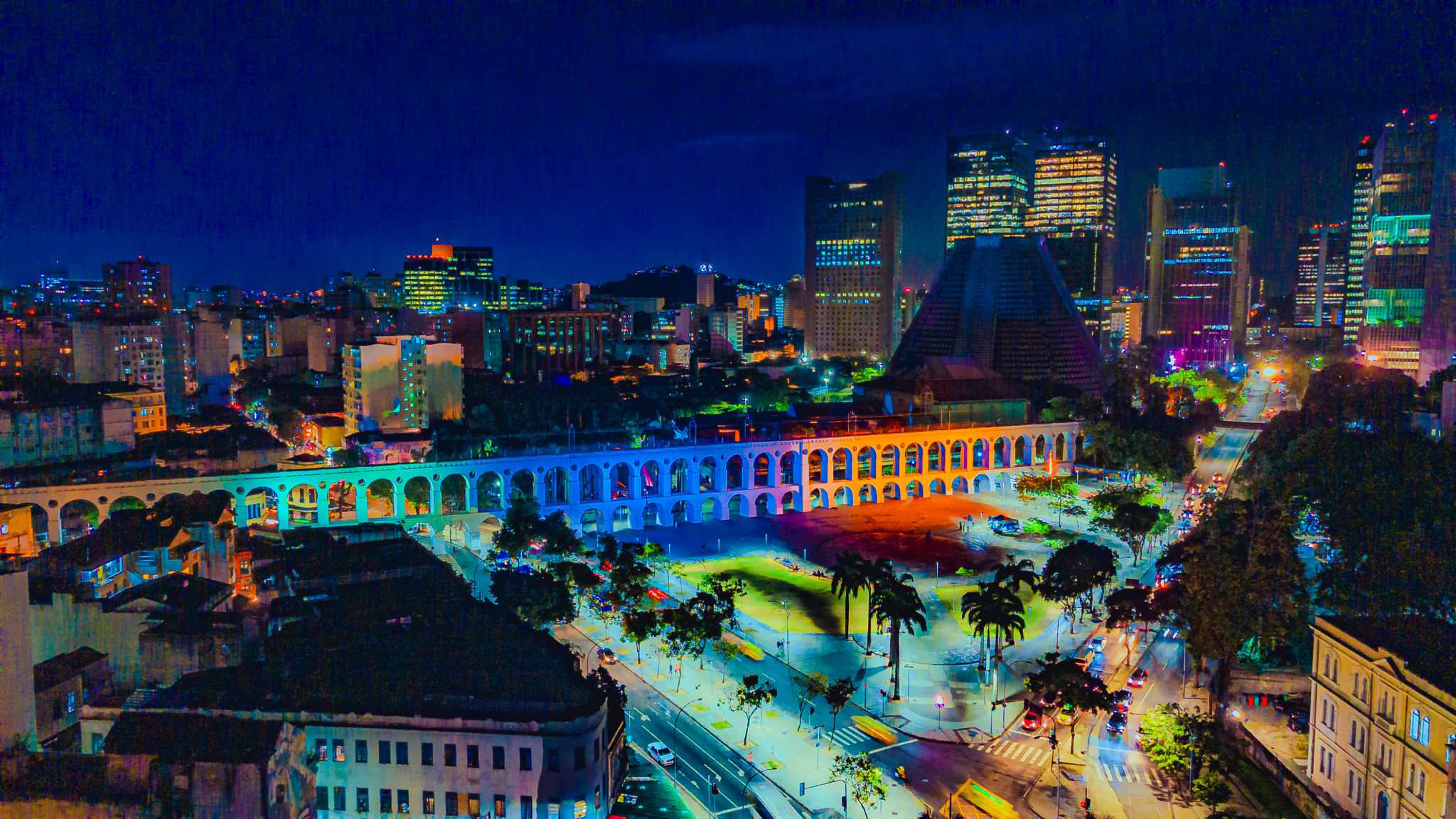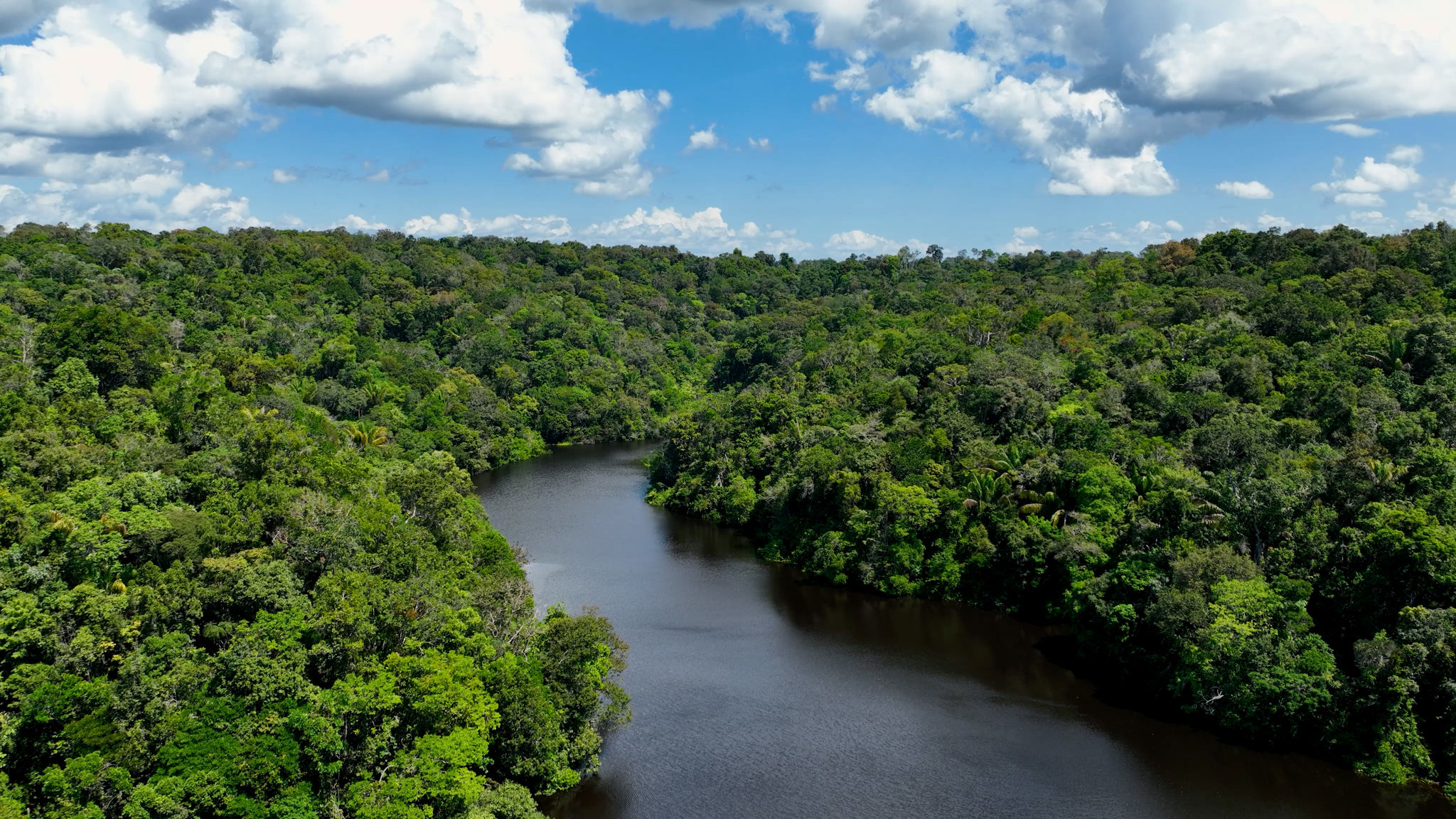Debunking Common Myths About Traveling in Brazil
Introduction to Brazilian Travel Myths
Brazil, a country known for its vibrant culture, stunning landscapes, and warm people, attracts millions of tourists each year. However, despite its popularity, several myths and misconceptions surround traveling in Brazil. These myths can deter potential visitors or give them the wrong impression of what to expect. In this post, we aim to debunk some of the most common myths about traveling in Brazil.

Myth 1: Brazil is Dangerous Everywhere
One of the most pervasive myths about Brazil is that it is universally dangerous. While it's true that like any other country, Brazil has areas with higher crime rates, it also has many safe places for tourists. Popular destinations such as Rio de Janeiro, São Paulo, and Salvador have their safe neighborhoods and tourist-friendly zones.
To ensure a pleasant travel experience, it’s important to follow common safety precautions. This includes being aware of your surroundings, avoiding displaying valuables, and using reputable transportation services. Many tourists visit Brazil without any incidents by simply staying informed and cautious.
Myth 2: The Amazon is Inaccessible
Another common myth is that the Amazon rainforest is inaccessible to the average traveler. While the Amazon is vast and remote in many parts, there are numerous tours and eco-lodges that make visiting this natural wonder quite feasible. Cities like Manaus serve as gateways to the rainforest, offering guided tours that provide an authentic yet safe experience.

Myth 3: Language Barriers Make Travel Difficult
Many travelers believe they will face significant language barriers in Brazil since Portuguese is the official language. However, in tourist areas, many locals speak at least basic English, and there are plenty of resources available for non-Portuguese speakers. Learning a few essential Portuguese phrases can also enhance your travel experience and help you connect with locals.
Myth 4: Carnival is Just a Large Party
Carnival is often misunderstood as merely a large street party. In reality, Carnival is a deeply cultural event with historical significance. It involves elaborate parades, vibrant costumes, and samba music, showcasing Brazil’s diverse cultural heritage. It’s an opportunity for travelers to immerse themselves in local traditions and enjoy the festive atmosphere.

Myth 5: Brazilian Food is Only About Barbecue
While Brazilian barbecue (churrasco) is famous worldwide, the country's cuisine is incredibly diverse. Dishes vary from region to region, with influences from indigenous, African, and European cultures. Visitors can enjoy a wide array of dishes like feijoada, moqueca, and pão de queijo. Exploring local markets and restaurants offers a delicious insight into Brazil's culinary diversity.
Conclusion: Embrace the Real Brazil
Traveling to Brazil offers an opportunity to experience a rich tapestry of culture, nature, and hospitality. By debunking these myths, we hope to encourage travelers to see beyond common misconceptions and enjoy all that this beautiful country has to offer. Proper planning and an open mind can lead to an unforgettable journey in Brazil.
